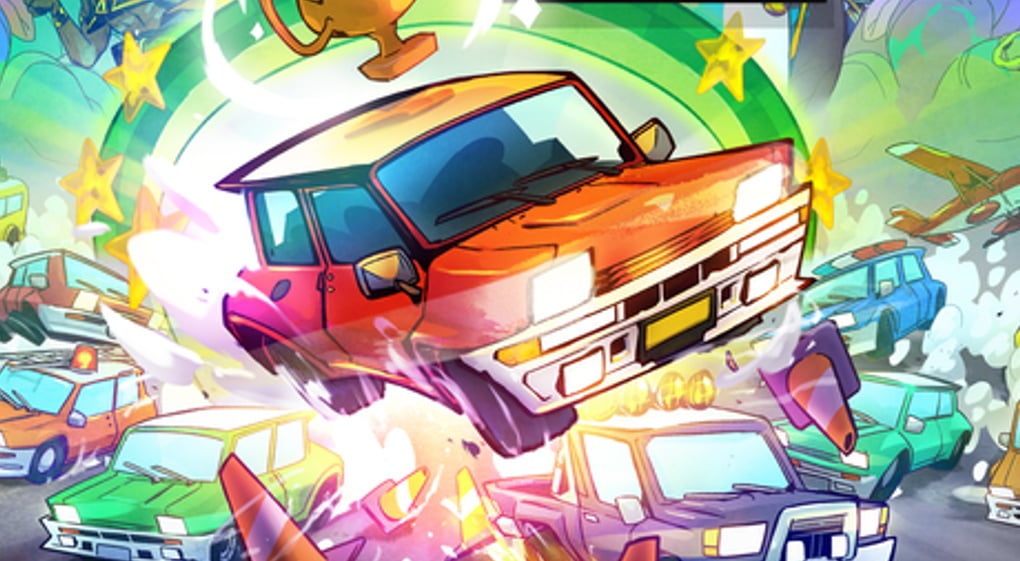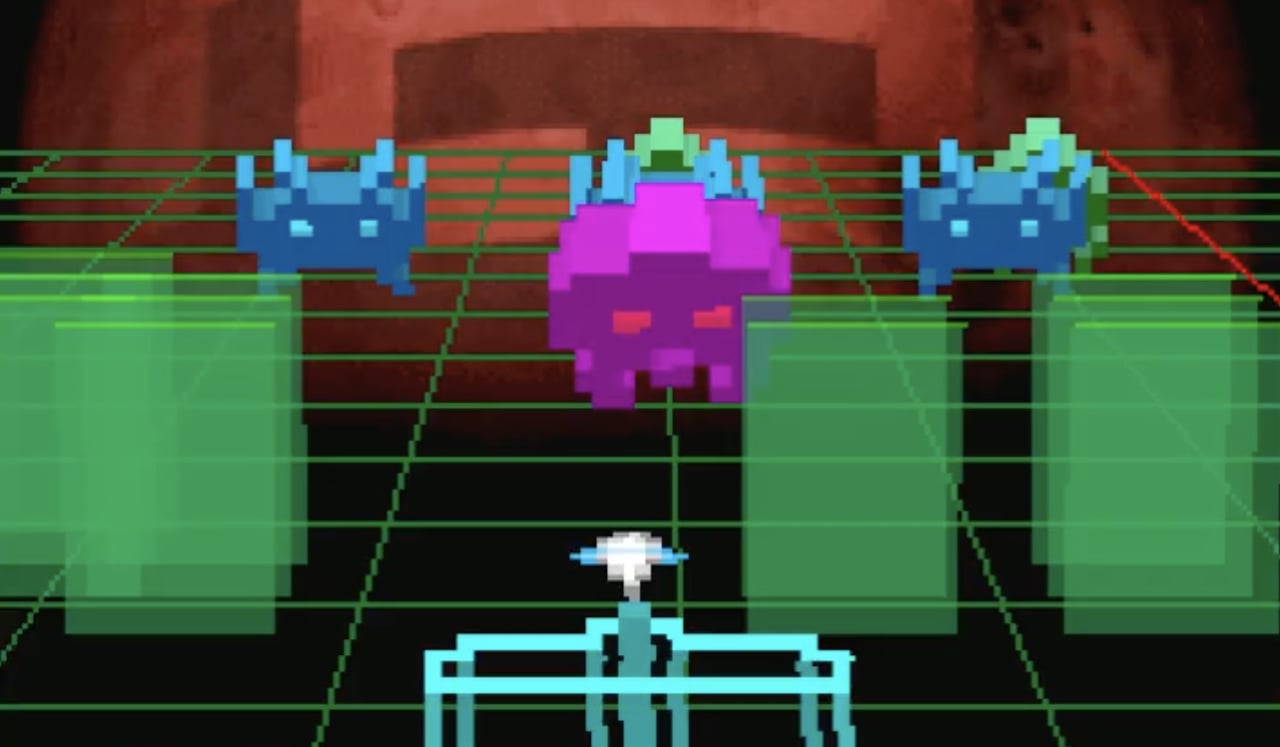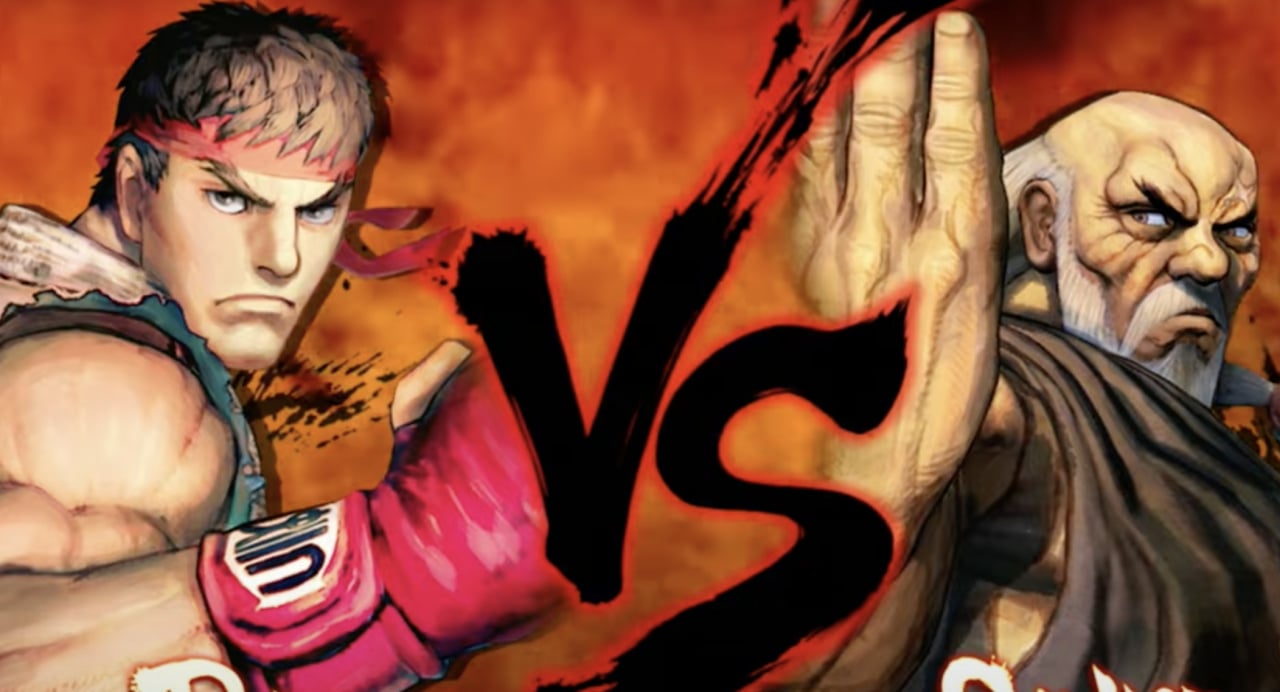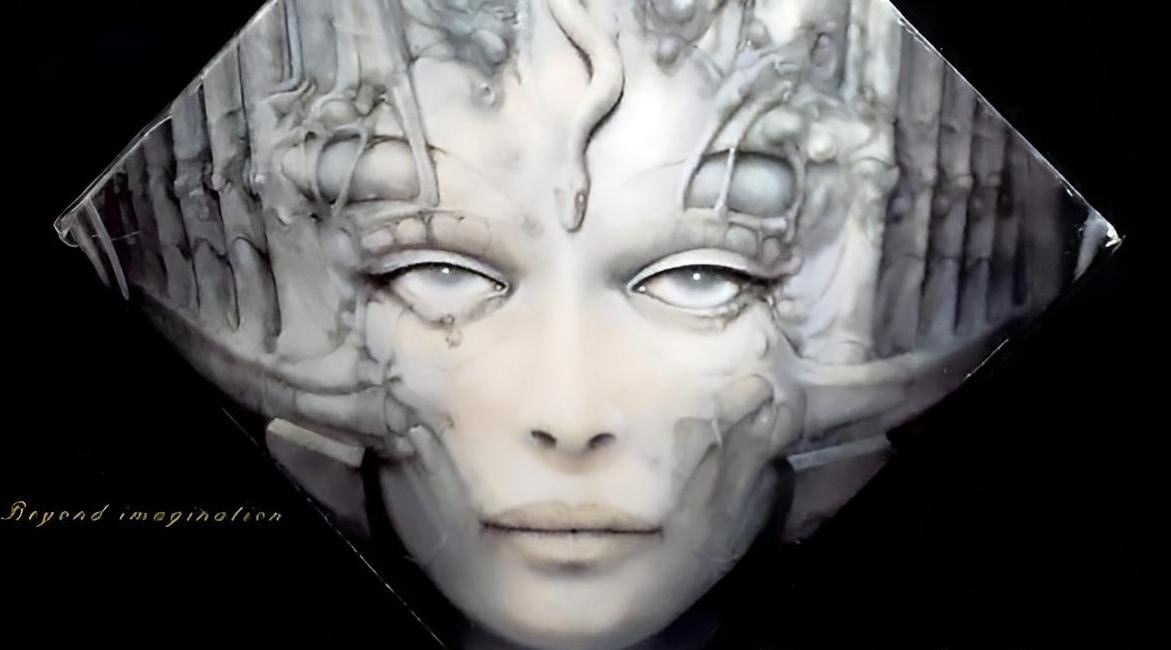Today, video game music is the stuff of orchestras. You can easily find your favorite songs played by serious professionals on YouTube. While there are many arguments for Final Fantasy VI’s importance in the annals of gaming history, Sebastian Deken makes a fairly credible argument for music being the game’s single greatest legacy. Final Fantasy VI wasn’t Nobuo Uematsu first game, but it was the last that he composed under the limitations of the Super Nintendo’s sixteen-bit orchestra. Paradoxically, this gives Final Fantasy VI a refined, unique sound that couldn’t really be evolved beyond that point because, well, because sixteen-bit games weren’t really viable anymore after the introduction of compact disc technology to home gaming consoles.
If you’re not familiar with Final Fantasy VI, Deken has a fairly excellent characterization of it as being a game with fourteen main characters. Is it really fair to call Gogo and Umaro main characters, given their late, optional appearances? Well, probably not, and Deken doesn’t really devote that much time to their themes anyway, but the grander argument Deken is making is that Final Fantasy VI is literally an opera. As in, all these characters have their own arcs in the context of an elaborate, intertwined narrative. As per that context, every character receives their own theme song that communicates a lot about the people they are beyond their role in the game’s proper text.
Even a theme song only heard once or twice does a lot of heavy lifting in that regard. Indeed, a point is made about how Gau, the wild boy from the Veldt, is introduced with a sad, elegiac melody that defines his origins even though the main music the player rightfully associates with Gau is the jungle rhythm of the Veldt itself. It’s not just the importance of any individual piece of music, but how these songs interact with the larger flow of the narrative. This is perhaps most strongly encapsulated in Final Fantasy VI’s ending melody, which weaves all fourteen of the character themes together in an epic rendition showcasing anecdotes of the characters’ final escape, providing a metaphor for their ultimate fates in a new world.
Per this analysis, Deken’s text rather inevitably discusses spoilers. I’m reframing from doing so, despite this being a thirty-year-old game, because I realize playing this game as a child just how much this music influenced my interpretation of characters and a story that is not, on the surface, especially complex. Back in the day MIDI files of Final Fantasy VI were a hot commodity because they could produce a very particular vibe that you couldn’t really get with more technically advanced music. Deken discusses how fundamentally; Uematsu was a composer working under pretty severe limitations. Despite this, the Final Fantasy VI soundtrack still stands the test of time and a person can find themselves brought to tears reliving the opera house even just with that crude sixteen-bit synthesizer on a no-commentary YouTube video.
Deken also includes quite a lot of technical music notation to explain some of his more elaborate explanations of what the songs in Final Fantasy VI are doing from a music theory standpoint. While I enjoyed this book quite a bit, as I am not a musician myself, many of these finer details were lost on me. Still, Deken more than makes up for this expertise gap with clear prose and relatable analogies that really break down what, exactly, Final Fantasy VI does that makes the game so distinctive, and such a seeming culmination of Nobuo Uematsu’s career up until that point. The comparison made to What’s Opera Doc? is especially appropriate, because that classic cartoon lampoons the opera genre while still more-or-less using the same basic rules of it. So too, does Uematsu’s playfulness bely a respect for the dramatic form that he thought he could get away with such esoteric design and that the game overall wouldn’t suffer for it.
The post A review of Final Fantasy VI from Boss Fight Books appeared first on Old School Gamer Magazine.










